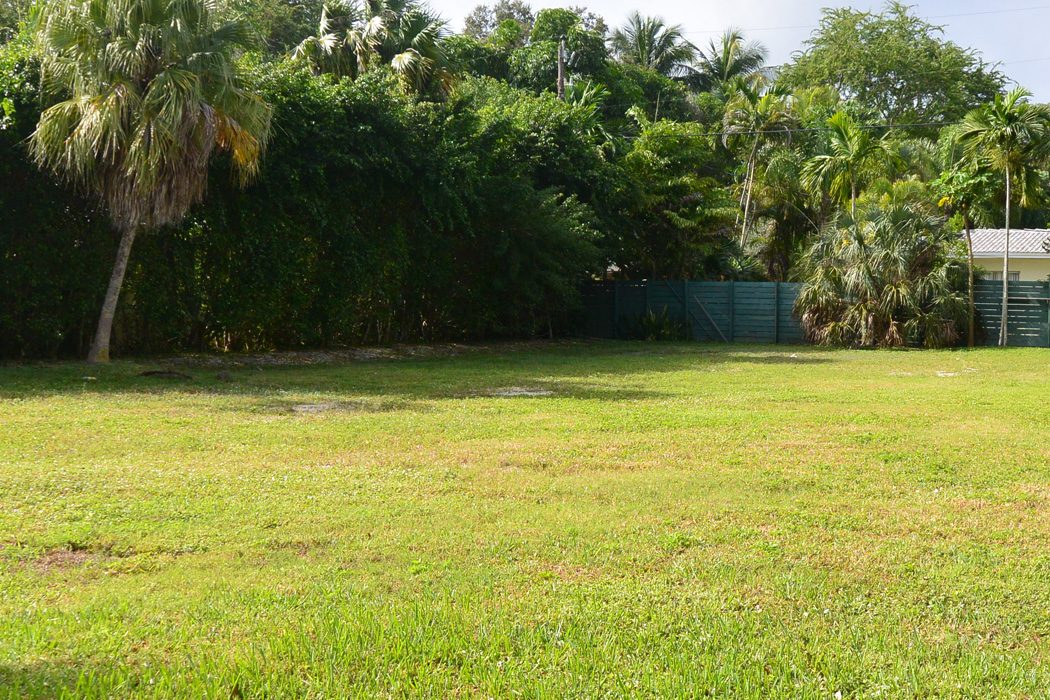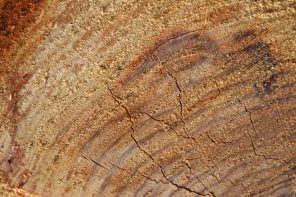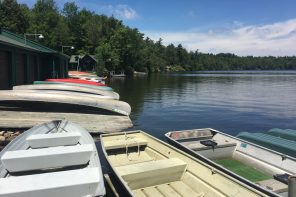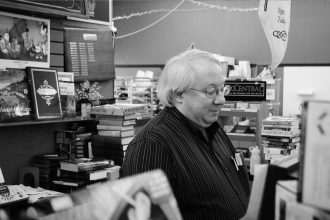I slept through ninth grade U.S. History. The following year, my sophomore government class was a joke. Our teacher was regularly out sick and our young substitute, semi-attractive in a sleazy kind of way, would often have a female student sitting in his lap. It was a curious way to teach patriarchy to high school students but perhaps more effective than any textbook could have been.
After high school I went off to a private arts college. The only history class required was History of Film and I found even it a boring memorization and regurgitation of facts.
It wasn’t until years later when I started homeschooling my children that I realized that the version of history and government I had been taught was whitewashed; one-sided at best and an outright lie at worst. As one of my neighbors says, “History is written by the winners,” and in the United States, the winners have largely been white and male.
I live in a neighborhood that has been gentrified. I don’t use that word in a hot button kind of way. Statistically, it is a gentrified neighborhood. The once bustling Bahamian community with 30,000 Afro-Carribean residents is now home to less than 3,000. Our streets show the telltale signs of “renovation” and “revival,” with brightly colored, shotgun-style Bahamian homes torn down as sleek, modern condos rapidly take their place.
Every block has several vacant lots. “Fields” my neighbors call them. Many have been empty for a dozen years or more. Developers are sitting on them. I suppose—and my neighbors will tell you—they’re waiting for the last 3,000 black folks to be displaced, resulting in skyrocketing land prices.
Slumlords are selling their apartment buildings by the block, and in the meantime, boarding up windows with tenants still living inside.
As a collective group of residents, we have organized around the idea that housing is a basic human right. It seems simple enough doesn’t it? Safe housing should be for all people.
And yet, our elected officials continue to appropriate funds for pop up art exhibits and approve special zoning permits for developers, further gentrifying our neighborhood while touting it as a “Historic Bahamian Enclave” to visiting tourists.
The dictionary defines politics as “the science or art of political government.” I would say engaging in politics is both science and art. To be involved in political action takes specific, strategic, systematic engagement. We must know the facts. We must consistently be in their face. We must be detailed in our demands and large in number. We must know how to work with them and how to move around them.
But science alone is not enough. Prophetic acts of creative resistance are necessary if we are to imagine and usher in a better world. This is where hope lives. Audacious hope that says the story is not over. Rebellious hope that demands of politicians and government what they claim cannot be done. Whimsical hope that declares the beauty of inclusive community.
When we stand together in defiant hope, we testify to what can be. We combine science and art as we engage politicians and our government and move one degree closer to glory. We bring the Kingdom come. And there, there is housing for all.





